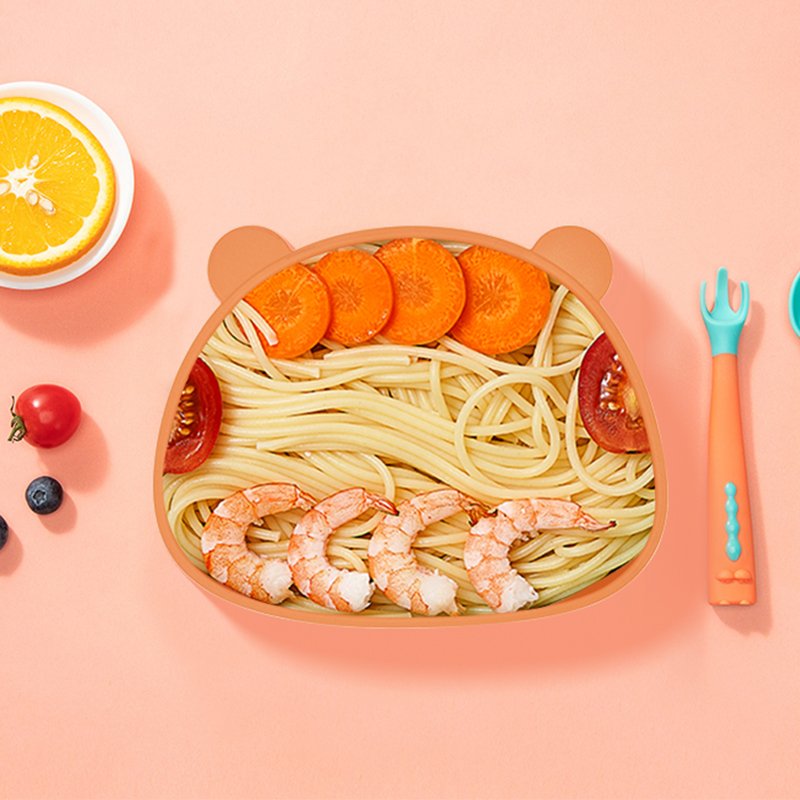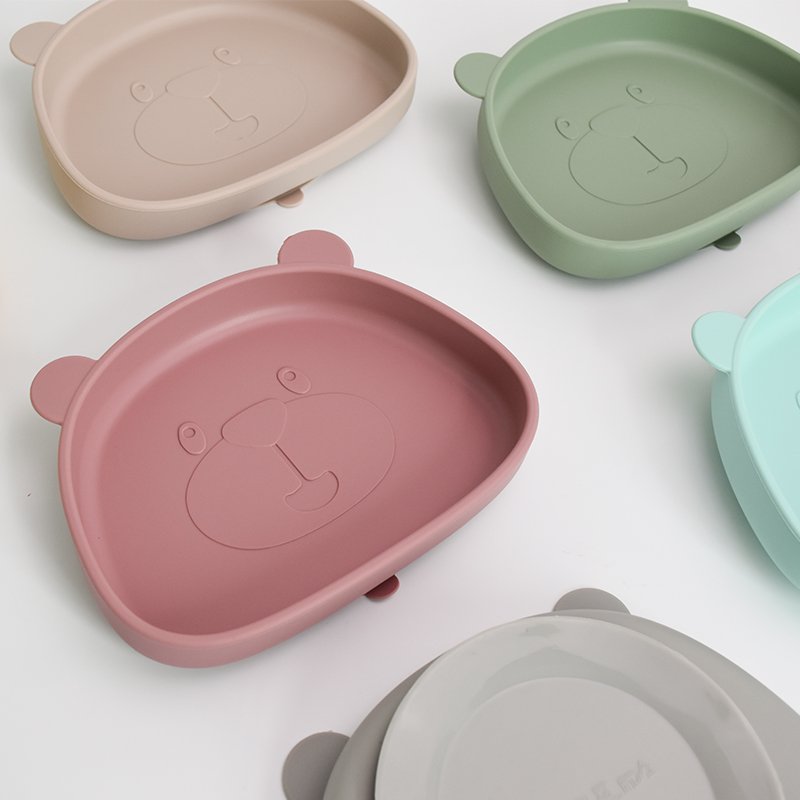Keeping your baby’s feeding tools clean is vital for their health. Among these tools, silicone plates are a top choice for many parents due to their durability, safety, and ease of use. But do you know the best way to clean baby silicone plates without damaging them?

In this guide, we’ll walk you through:
- The right methods to wash baby silicone plates
- Common mistakes to avoid
- Comparison of cleaning methods
- A helpful FAQ section for daily parenting concerns
Let’s dive in!
Table of Contents
Toggle✅ Why Choose Silicone Plates for Babies?
Before discussing how to clean them, let’s briefly understand why silicone baby plates are popular:
| Feature | Benefit |
|---|---|
| BPA-Free & Non-toxic | Safe for baby’s food contact |
| High Heat Resistance | Suitable for microwave and dishwasher use |
| Durable & Flexible | Long-lasting, won’t break like plastic or glass |
| Non-Stick Surface | Easy to clean, even after sticky food |
🧼 How to Wash Baby Silicone Plates (Step-by-Step)

1. Basic Daily Cleaning (Hand Wash)
| Step | What to Do | Tip |
|---|---|---|
| 1 | Rinse off leftover food | Use warm water |
| 2 | Use mild baby-safe detergent | Avoid heavily scented soaps |
| 3 | Gently scrub with soft sponge | No harsh scouring pads |
| 4 | Rinse thoroughly | Remove all soap residue |
| 5 | Air dry or wipe with clean cloth | Ensure plate is fully dry |
2. Deep Cleaning (Once a Week)
For removing odor or grease build-up:
Method A: Boiling Water Sterilization
- Boil water and soak the plate for 2-3 minutes
- Let it cool, then wash normally
Method B: Baking Soda Paste
- Mix baking soda and water into a paste
- Scrub gently, rinse thoroughly
Method C: White Vinegar Soak
- Mix 1 part vinegar with 3 parts water
- Soak for 15–20 minutes, rinse well
🧪 Comparison: Hand Washing vs. Dishwasher
| Factor | Hand Washing | Dishwasher |
|---|---|---|
| Time Required | 3–5 minutes | 1–2 minutes (loading only) |
| Deep Clean Ability | Moderate (needs soaking) | High (hot water rinse) |
| Energy Use | Low | High |
| Plate Lifespan | Longer (gentler) | May shorten life with frequent use |
| Baby-Safe? | Yes | Yes, if top rack is used |
✅ Pro Tip: Always place silicone plates on the top rack of the dishwasher to avoid warping.
🚫 Common Mistakes to Avoid
- Using strong chemical detergents – They may leave residue harmful to babies
- Scratching with steel wool – Damages the silicone surface
- Not drying properly – Can cause mildew or bacterial growth
- Washing immediately after microwaving – Wait for it to cool down
📊 Survey: How Do Parents Clean Baby Silicone Plates?
| Method Used | % of Parents Using It (2025 Survey) |
|---|---|
| Hand Washing Only | 45% |
| Dishwasher Only | 25% |
| Both Methods Combined | 30% |
Source: Global Mom & Baby Survey by LuckSwan Silicone, 2025
🛠️ How to Remove Odors from Silicone Plates?
If your baby’s silicone plate smells like soap, garlic, or milk, here’s what you can do:
- Soak in lemon juice water for 15 minutes
- Air-dry in sunlight for natural deodorizing
- Avoid scented dishwashing liquids
❓ FAQ: Parents Also Ask
Q1: Can I microwave silicone baby plates?
A: Yes! Food-grade silicone can handle temperatures up to 220°C (428°F).
Q2: How often should I deep-clean silicone plates?
A: Once a week is ideal, or after serving oily or strongly-flavored food.
Q3: Can I use baby bottle sterilizers?
A: Absolutely. Most sterilizers are safe for silicone products.
Q4: Why is there a white film on the plate?
A: It’s usually due to detergent residue or hard water. Soak in vinegar solution to remove it.
📝 Conclusion
Washing baby silicone plates properly ensures your baby eats from a clean and safe surface every time. With just a few simple steps and regular care, these plates can last for years without retaining stains or odors.
